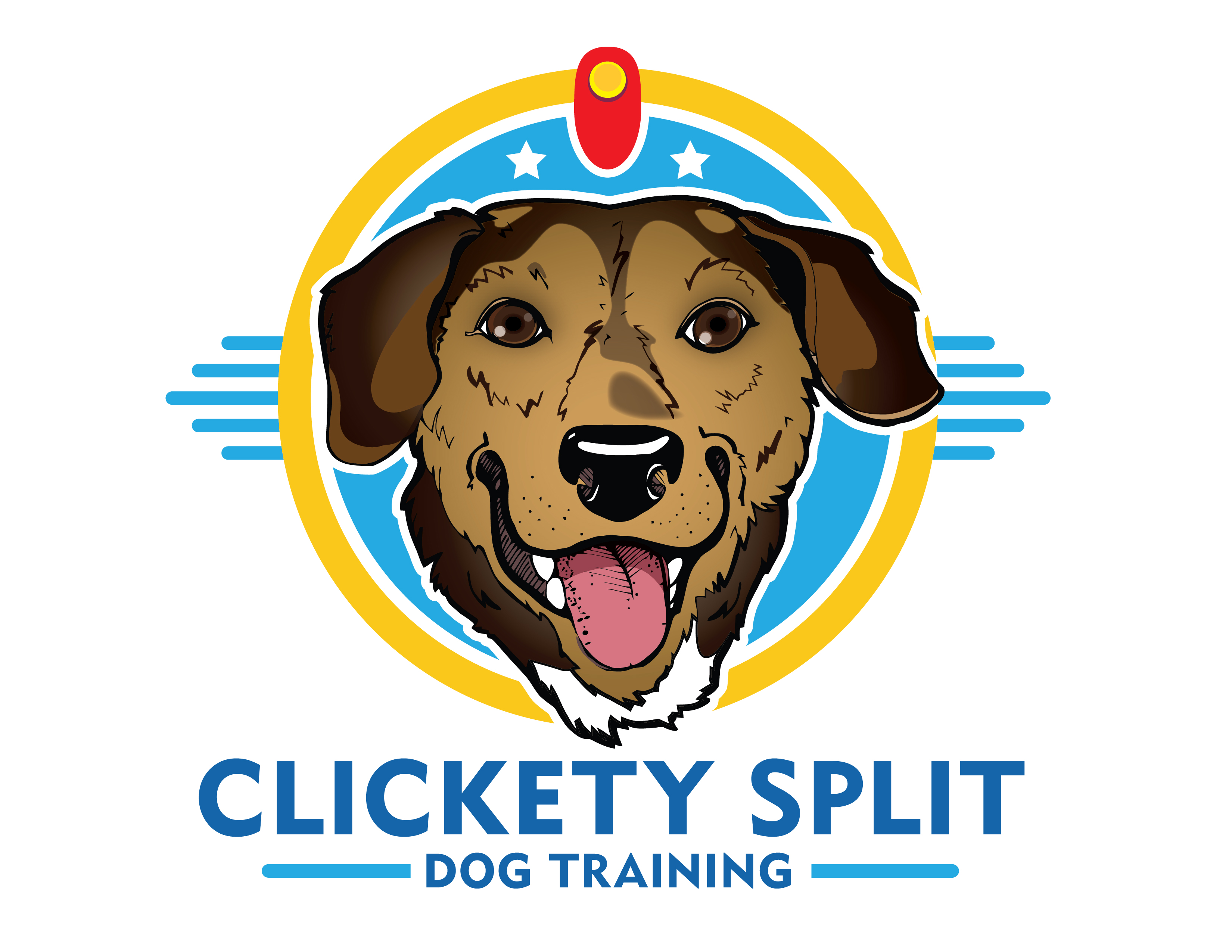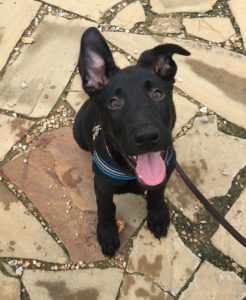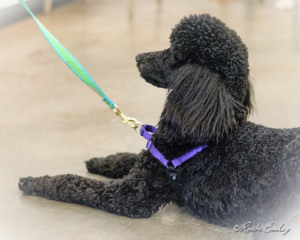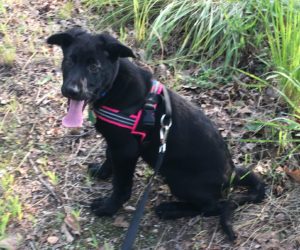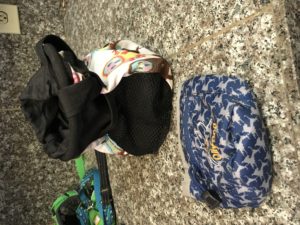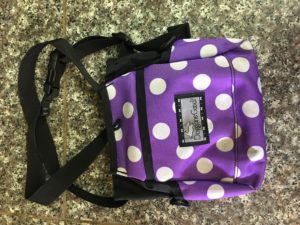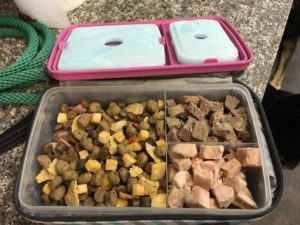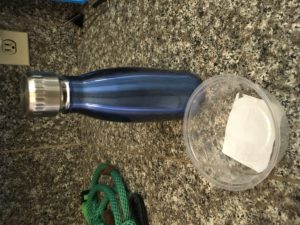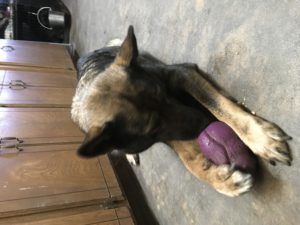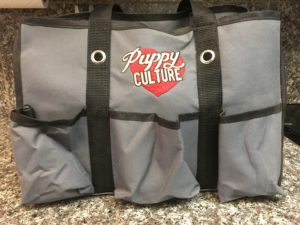I remember loving back to school shopping when I was a kid! Getting all those supplies was fun, and more importantly, those supplies set me up for success when classes started.
Your dog’s training supplies have the same purpose, to set your dog up for success in the learning environment, it doesn’t matter if that learning environment is at class, your home, the neighboorhood where you walk, on a hike, or at the vet. Setting yourself, and your dog, up for success makes learning both fun and functional.
Happily, positive reinforcement training is fun, functional, and not heavily dependent on “devices” so our supply list is short, many items you may already have!
1. Of course, a dog is needed! To set up for success be sure to exercise your dog at home before leaving for class. Some dogs are not comfortable voiding away from home and needing to void can distract your dog from learning. Please do not bring your dog from a very tiring or stressful activity directly to class, play dates and dog parks are fun, but playing for an hour before class can mean a tired dog who is’t able to learn. Learning is hard work, so bring your dog to class rested and ready! Avoiding feeding your dog a large meal right before class, instead feed a snack, or if your class time is near meal time, skip that meal altogether. But don’t deprive your dog of food, this is stressful for some dogs and can prevent them from learning. If your dog is attending an afternoon class, feed breakfast as usual, or a small snack size breakfast that morning. Arrive early, so your dog can have a few minutes to recover (if a puppy or dog who tends to get car sick) in the car, or take a short walk around to acclimate and void if needed.
2. A collar: Your dog’s collar isn’t really a training tool, it’s a management tool to make sure your dog is safe and can’t slip away from you. Any of these options are acceptable!
A flat buckle type collar in nylon or leather, properly adjusted so your dog can’t slip out of it.
A Martingale (aka “limited slip”) nylon collar.
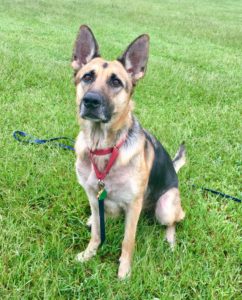
A Harness, front hook or back hook. Harnesses should be properly sized and comfortable for the dog.
3. A leash of fixed length, 4, 5, or 6 feet in a comfortable material are all acceptable, NOT a retractable type leash.
4. A bait bag: Choose a bait bag with a large opening so you can easily and unobtrusively get your hand in and out. Ideally choose a bag with a belt! You can find a wide variety on Amazon and at local pet supply stores (don’t worry, polka dots are optional!).
5. A clicker: box or button are both fine.
6. A abundance of training bait! Choose healthy, fresh, foods whenever possible. Dog treats are expensive and not particularly healthy, but bits of meat, cheese, healthy hot dog, and healthier dog treat options (like Happy Howie, Redbarn, and freeze dried meats) are readily available and cost effective. Remember, your dog decides what is reinforcing, so think about bait that your dog likes and will work hard to earn.
An excellent example of a training class “lunch box”. This includes a mixture (L) of Fresh Pet Select, Frozen Bil Jack, and bits of cheese. On the Right, Happie Howie roll cut up, and high quality bologna packed in a Bento box with a cool pack. This trainer has a variety of reinforcement options, and has set herself and her dog up for success! Note: this box is for a large dog, and all the bait was not used for a single class, her dog also earned her entire breakfast at class in the training session.
Some useful, but optional, items!
A little bit of water and a something to drink out of.
A Pacifier: Some dogs can become frantic, overstimulated, or loud during class, especially puppies. By bringing a pacifier you can give your dog something to do during instructional time, or a way to relax when overly excited. Many of our class dogs are not “pros” at remaining calm in exciting situations, a pacifier helps them learn to self calm!
Good examples are: Bully stick or other safe chew, pigs ear (small dogs), a stuffed Kong, Squirrel Dude, or bone (see examples below).
A West Paws Tux stuffed with doggie oatmeal.
An example of a shank bone stuffed with doggie oatmeal.
Spider enjoying a Pet Safe Squirrel Dude.
A Tote bag, something as simple as a plastic bag or shopping bag works great. To carry your extra bait, water, pacifiers and etc.
But the really important thing is to consider every outing with your dog as a teaching moment, remember, your dog is learning even when you are not teaching! We all want our dogs to be mannerly and well behaved, so take advantage of every outing with your dog and treat it just like class, be prepared, have your clicker, baitbag, and yummy bait to reward your dog for good behavioral choices, no matter where you are, and you will see better behavior happen more often!
